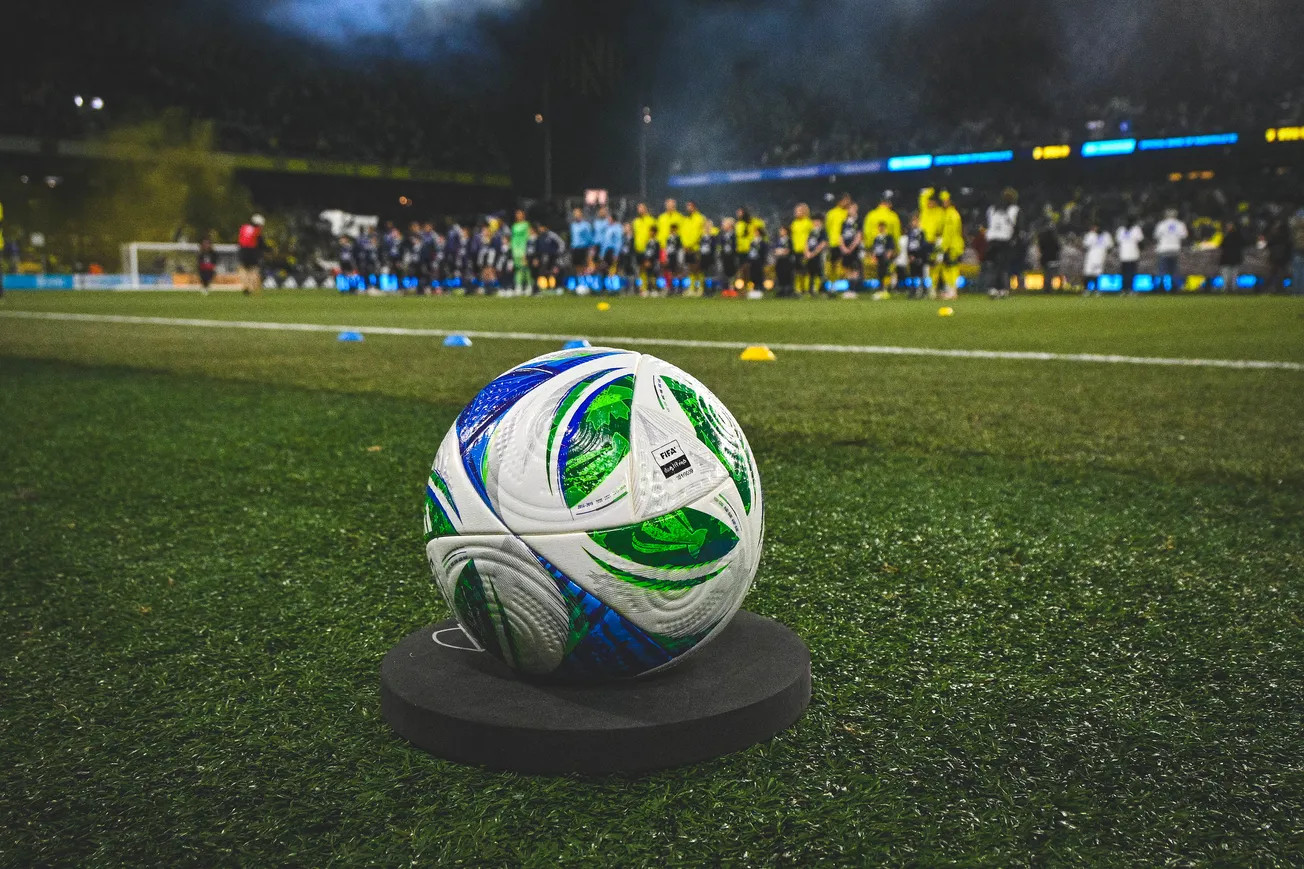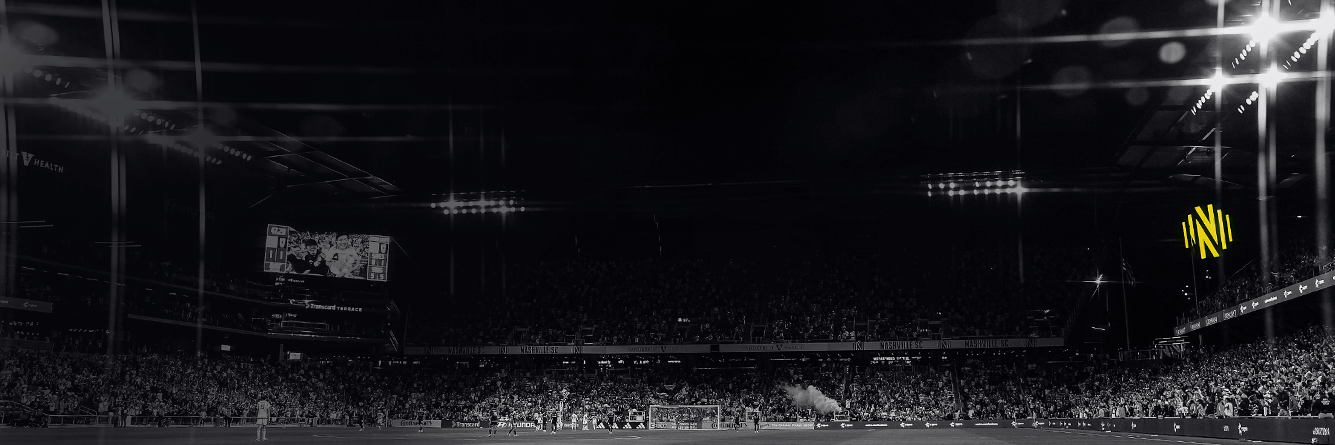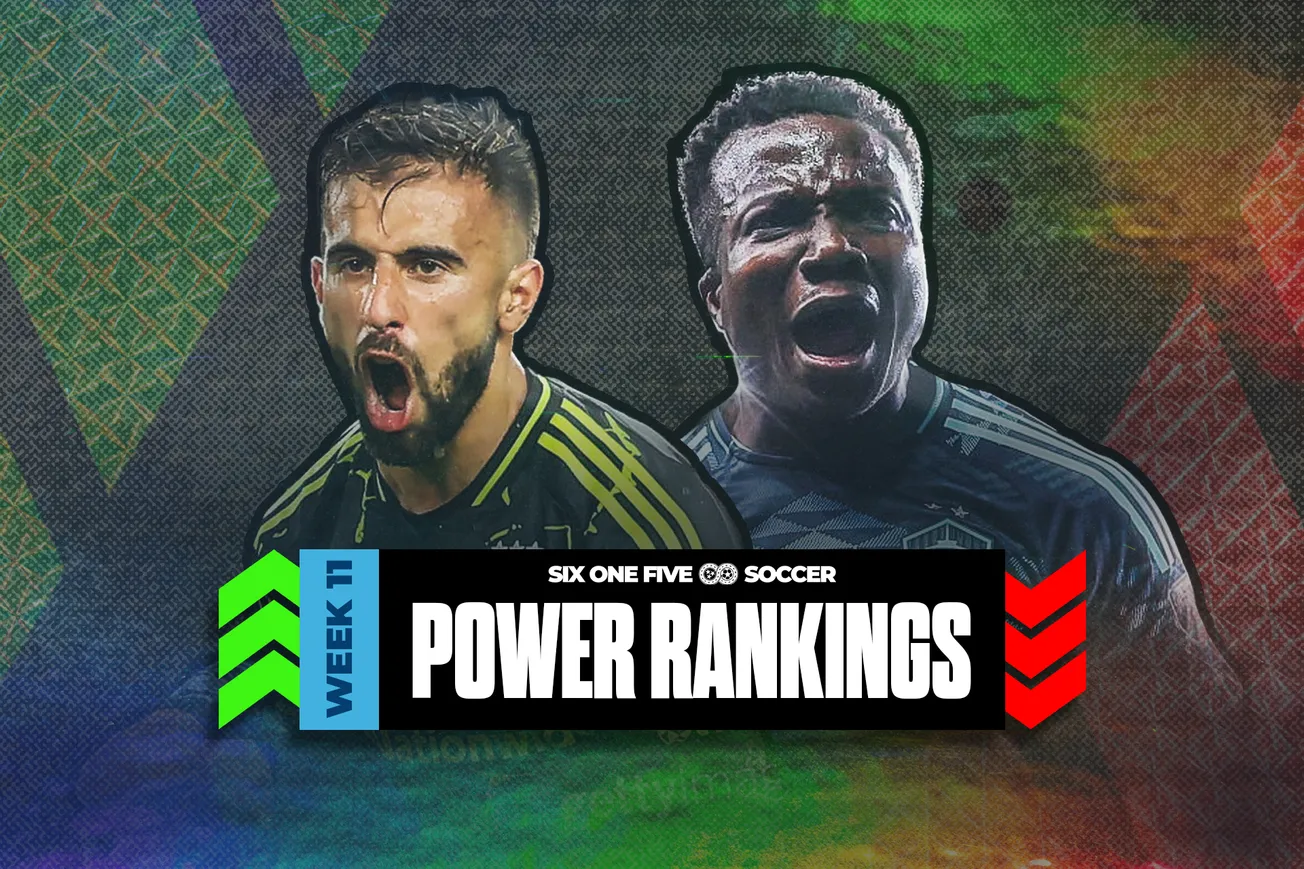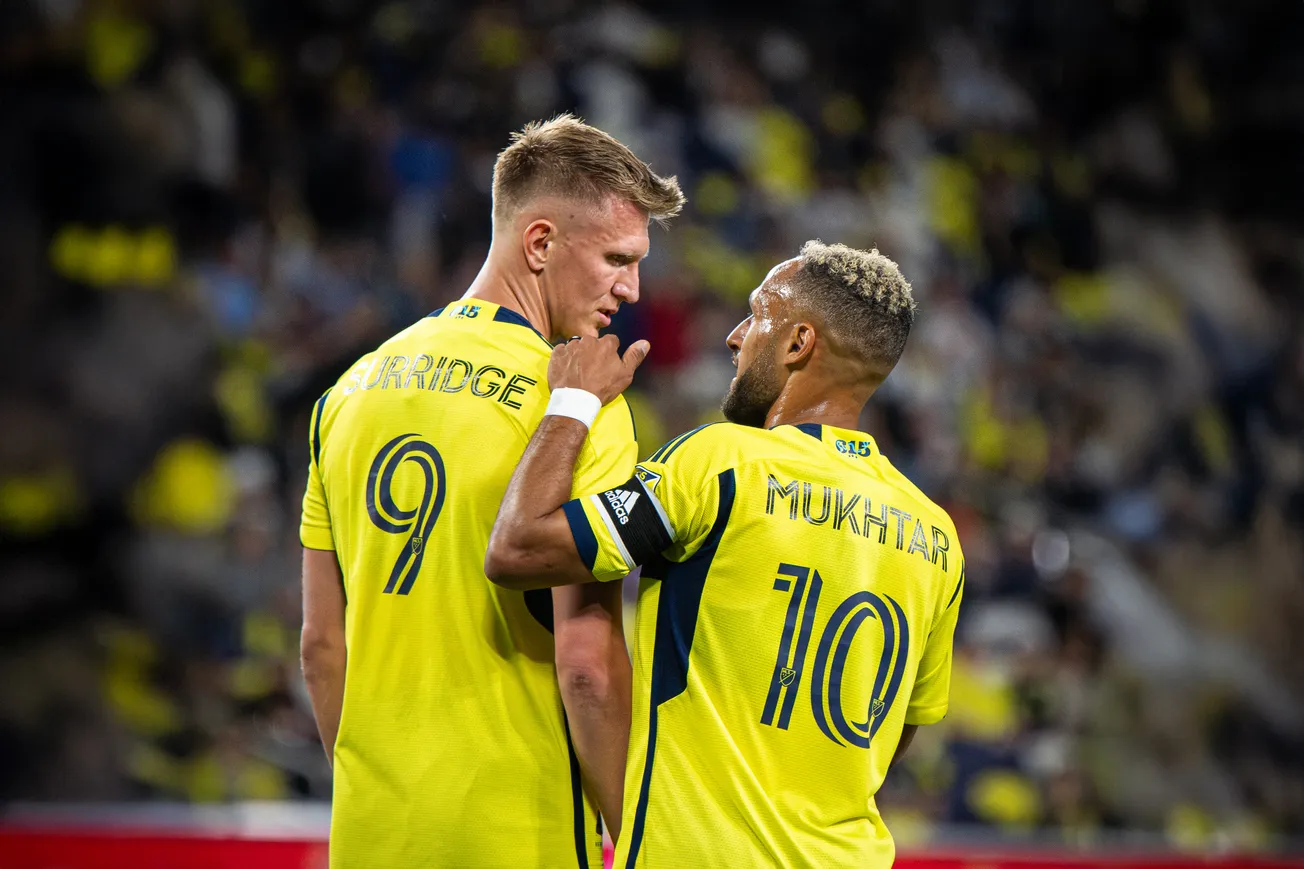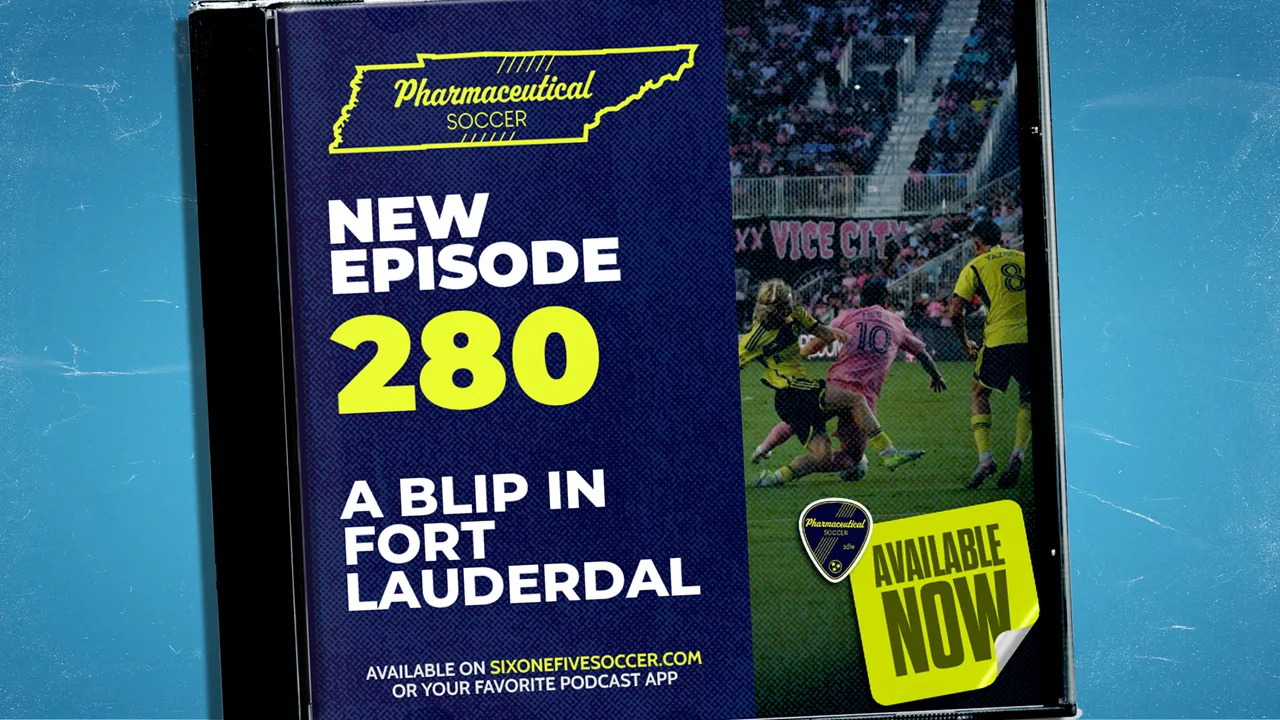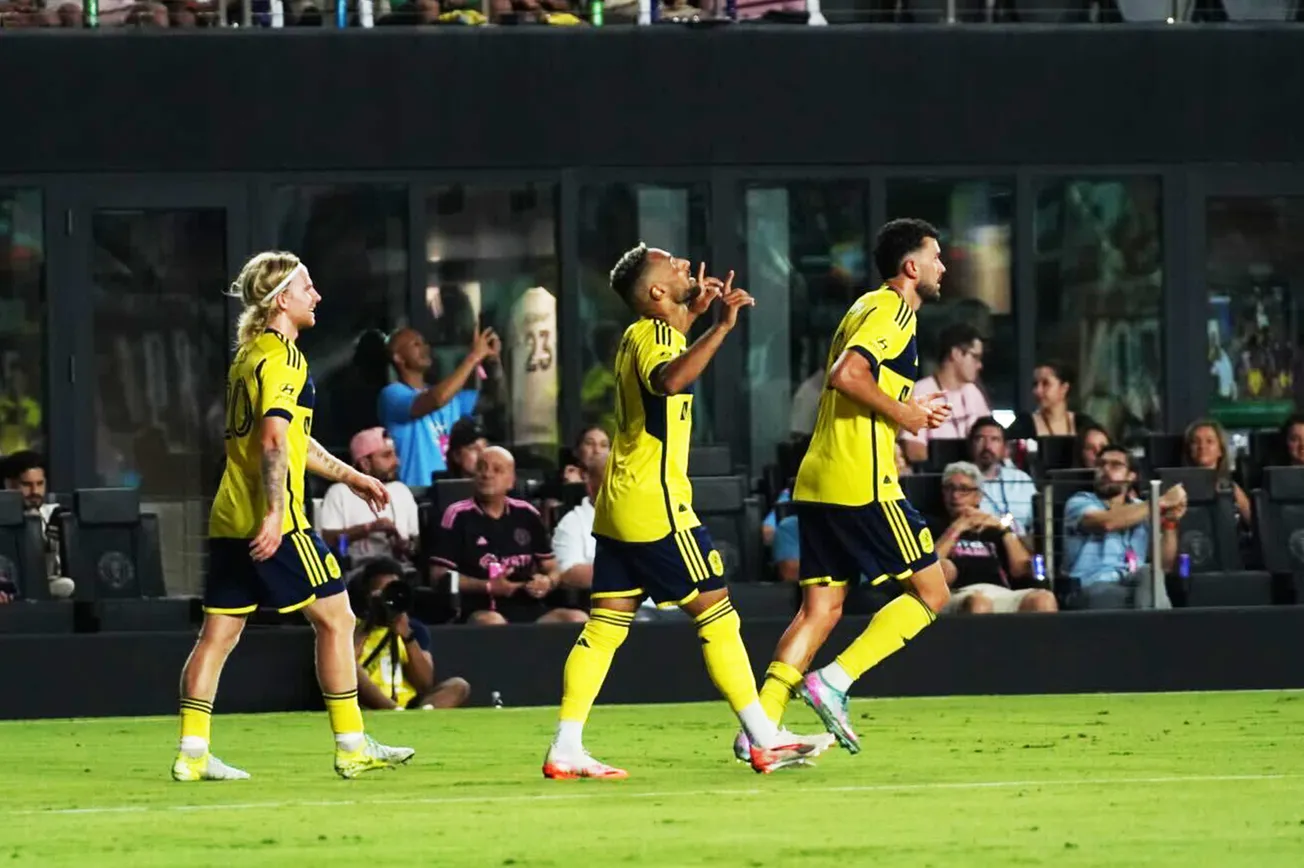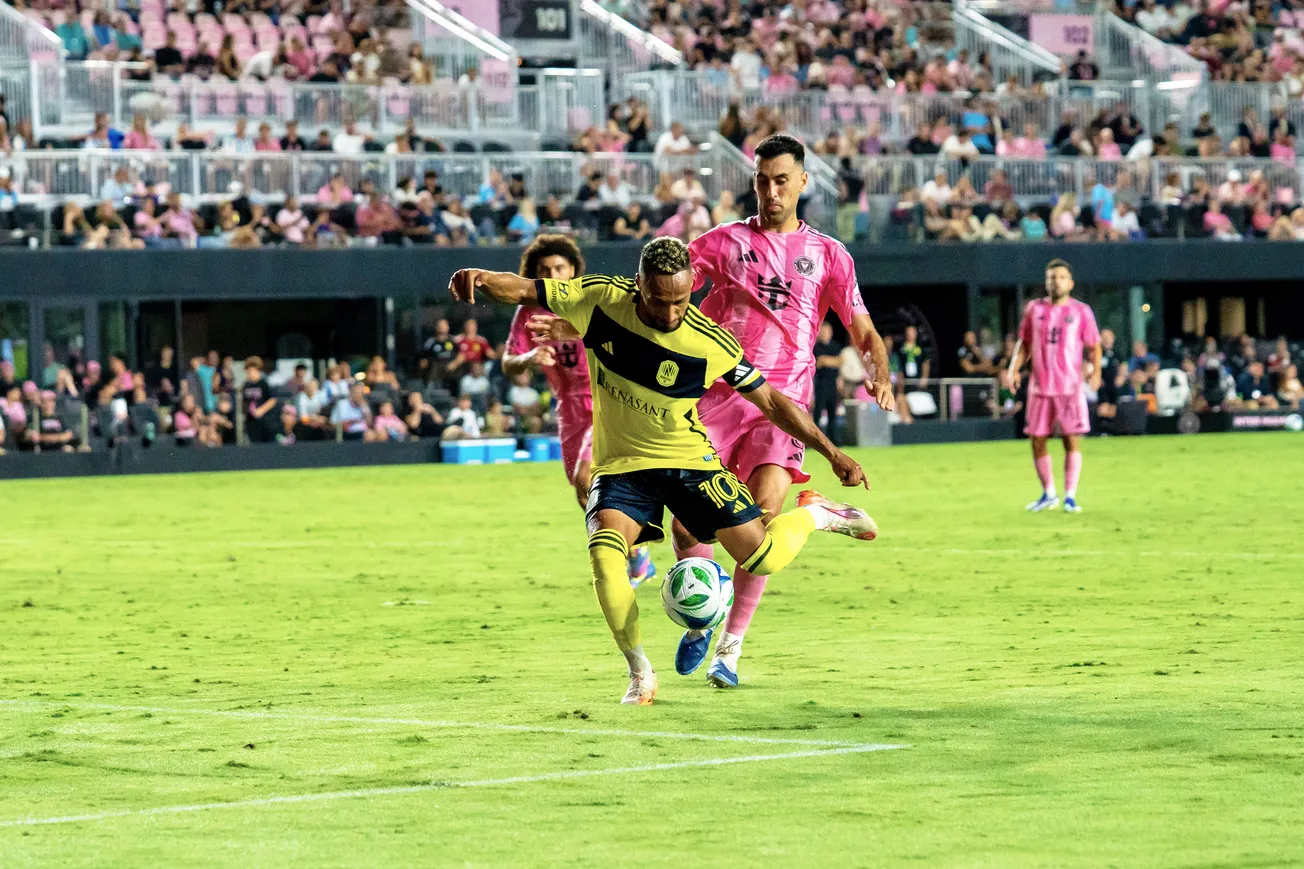On Friday, Major League Soccer announced the totals of General Allocation Money all 30 clubs have after roster compliance. It's the most recent push towards more transparency from the league.
The list, published by the MLS Communications Department, shows the total amounts of General Allocation Money each club has after roster compliance. The initial list in December was a snapshot of their GAM before roster compliance, meaning none of it had been used to buy down contracts and make their roster compliant with league rules.
The totals also include GAM that has been traded since the December update, as well as portions of player sales that have been converted to GAM.
2025 available GAM - as of March 7, 2025
The LA Galaxy have been truly decimated since their 2024 MLS Cup win. Forced to trade away players like Gastón Brugman, Mark Delgado and Jalen Neal, they also sold striker Dejan Joveljić to Sporting KC for $4 million. Notably, the Galaxy had to bring defender Maya Yoshida back on a reduced salary, and were also forced to buy out Sean Davis's contract just weeks after acquiring him.
Since December, Atlanta (-$5.39m), New England (-$5.26m) and FC Cincinnati (-$4.22m) have spent the most GAM, while New York City FC (+$937k) and Houston Dynamo (+$1.66m) have had their totals increase, largely due to player sales.
MLS roster rules: the basics
As a refresher, MLS is a salary cap league. In 2025, the cap will increase to $5,950,000 per team. The maximum budget charge for a single player is set as $743,750, which includes the player’s salary and their amortized transfer fee.
The salary cap isn’t a hard and fast cap, though. There are plenty of ways to skirt around it. Clubs can use up to three Designated Player slots, which means their transfer fee doesn’t count against the cap and their salary will only count as the maximum budget charge. U22 slots are similar – their transfer fee doesn’t count towards their budget charge, and while their salary cannot exceed the maximum budget charge, it only hits the cap at $200,000 ($150,000 if the player is 20 or younger).
Allocation money
To further complicate things, MLS uses “Allocation Money”. Both Targeted Allocation Money (TAM) and General Allocation Money (GAM) are able to be used to buy players down.
A few key differences: TAM can only be used to buy down players who earn more than the maximum budget charge. It can also be used to buy down Designated Players within the “TAM-able” range into non-DP status, opening up a DP spot on their roster.
GAM, on the other hand, can be used to buy down any budget charge on the roster. For example, clubs can use GAM to reduce a DP’s budget charge to as little as $150,000. They can use it to sign new players. And crucially, GAM can be traded within MLS. It’s the most common trade asst used in the league, and thus is the most valuable roster-building mechanism within MLS.
Every club receives $2,930,000 in GAM from the league in 2025. As an expansion team, San Diego FC receives an additional $2,765,000. In 2025, clubs will have $2,225,000 of discretionary TAM to use, meaning that clubs have to fund this themselves to buy down budget charges.
The MLS Players' Association's salary release later this spring will bring added clarity to the roster picture, although there is still a lot of guess work involved.
How does this impact Nashville SC?
Nashville SC come in with the fourth-fewest GAM totals in MLS. While initially that may seem like a red flag, it's a significant improvement from the December update.
When MLS initially released the totals in December, Nashville would have been in the negative after compliance, by an estimation of $150,000-300,000. Buying out Randall Leal's contract and trading Shaq Moore to FC Dallas opened up a ton of cap space, while selling international slots also brought in significant GAM.
If Nashville pivot to the 2 Designated Player / 4 U22 model next season as expected, they'll get an additional $2 million in GAM at the start of the season that will give them even more room with which to work.
While they don't have a ton of space to work with, and realistically won't be able to make a move besides a potential U22 Initiative signing without trading players or other assets, they're in much better shape than they were at the start of the offseason.


